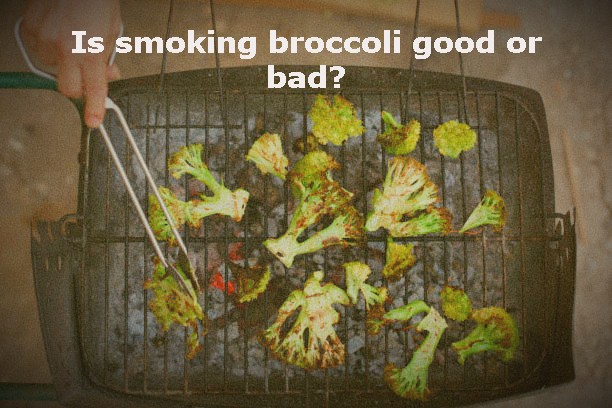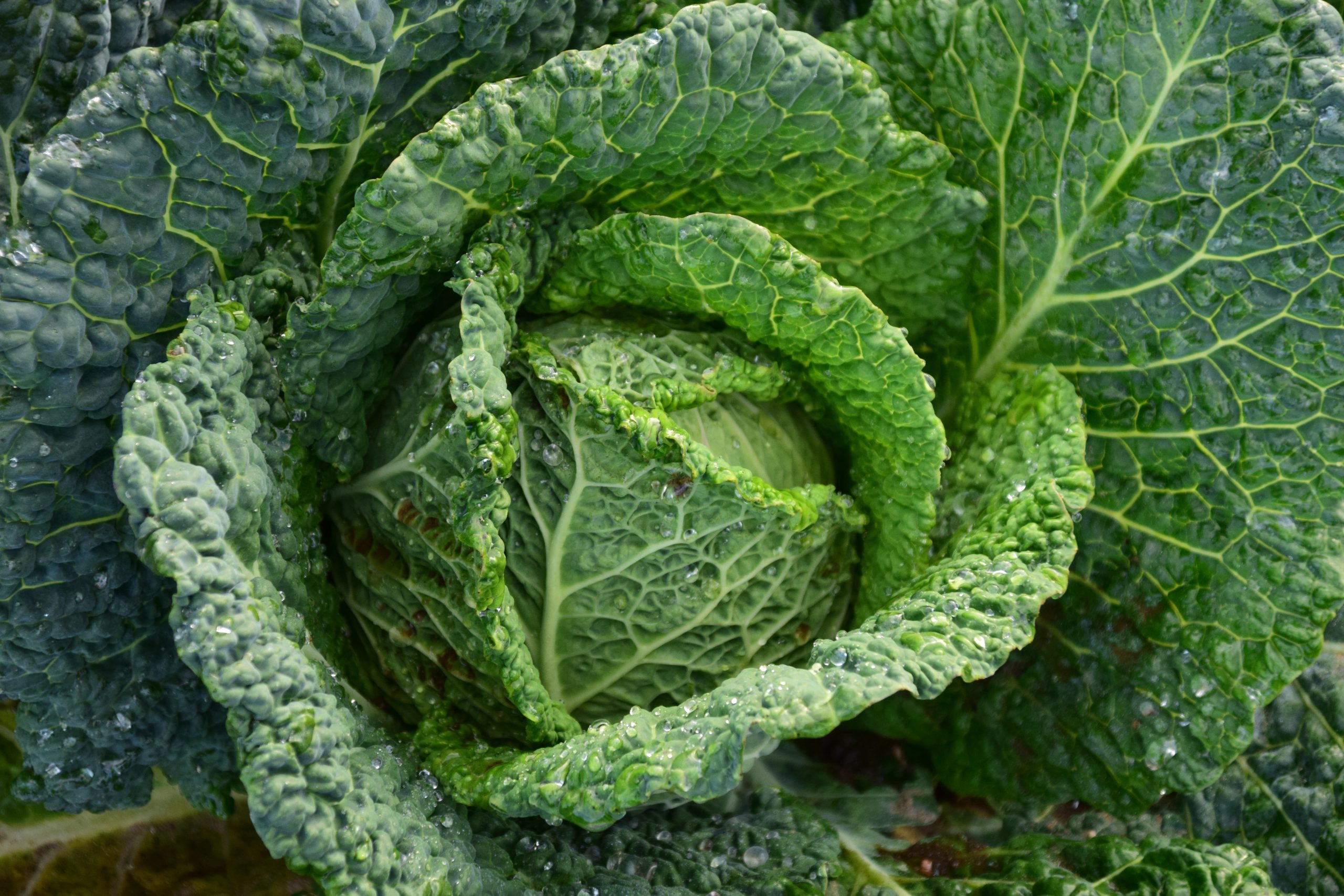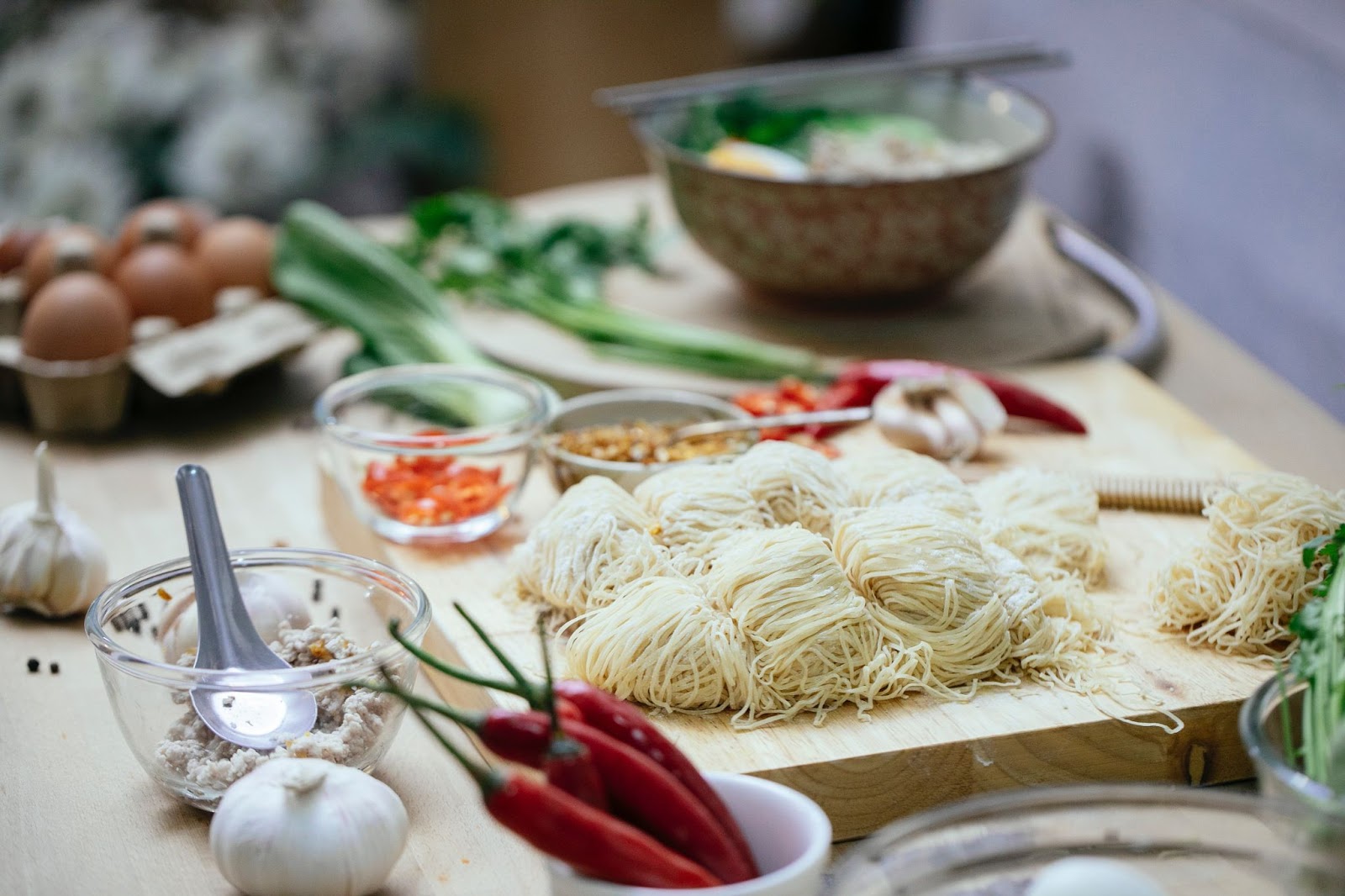Cooking cabbage can be a tricky task. If not done properly, it can result in an unpleasant gassy meal.
In this blog post, I will show you how to cook cabbage, the steps to take, and knowing which cabbage to go for and which to avoid.
Table of Contents
Know Your Cabbage
The first step is to choose the right kind of cabbage for your recipe. Green and red cabbages are generally more prone to producing gas when cooked than Savoy or napa cabbages. So if you’re looking for a low-gassy variety, these are your best bet.
The second step is to make sure that the cabbage is as fresh as possible. To do this, look for bright green leaves and check for crispness before buying them. Also avoid any pickled or fermented varieties, as they tend to be much gassier after cooking them.
Once you have chosen the right kind of cabbage, it’s time to prepare it correctly.
How to Cook Cabbage so it’s less gassy
- Start by washing it thoroughly in cool water and giving it a good rinse afterward to remove any pesticide residue or dirt that might still be on the surface of the leaves.
- Then cut the cabbage into thin strips before cooking
- Boil it: cook it in boiling salted water for about five minutes until it has just started to soften but don’t overcook it as this will only increase its gassiness. You can also add some lemon juice or vinegar while boiling which will help reduce its gassiness further and give your dish added flavor too!
- After boiling, drain off most of the water and put the cabbage back into the pot with some butter or olive oil and sauté over medium heat for 2-3 minutes until tender but not mushy; adding some herbs such as parsley or garlic can also enhance its flavor even further without increasing its gassiness too much.
Other methods to try while cooking cabbage:
Roast it
Toss the cabbage wedges with oil and salt, then roast them in an oven at 375 degrees Fahrenheit until they’ve softened and just lightly browned.
Braise it
Put some butter or oil in a pan over low heat, add the cabbage pieces, cover, and cook for about 10 minutes until soft.
Steam it
Put the cabbage in a steamer basket over boiling water and steam for about 5 minutes until tender without losing its crunch.
By following these simple steps you should now be able to cook tasty yet less gassy dishes every time with minimal effort!
FAQS
How do I know when my cabbage is cooked?
The best way to test for doneness is by tasting it. If it’s still crunchy but not raw, then it’s done! Furthermore, you can also check the texture of the cabbage leaves by pressing them with a fork; they should feel tender and soft.
Does the type of cabbage matter when cooking?
Yes, some types of cabbage are more prone to producing gas than others. It’s best to avoid green and red cabbages if you’re looking for a low-gassy meal, as these varieties tend to produce more gas when cooked. Instead, opt for Savoy or napa cabbage, which are generally less gassy when cooked.
Can I use seasonings while cooking my cabbage?
Yes, using herbs and spices while cooking your cabbage will help give it more flavor without increasing its gassiness too much. Try adding some ground cumin, garlic powder, oregano, or parsley to give your dish more depth and complexity.
Can I store cooked cabbage for later?
Yes, cooked cabbage can be stored in an airtight container in the refrigerator for up to four days. Reheat it gently before eating. Additionally, you can also freeze cooked cabbage for up to six months; just make sure that it is completely cooled before freezing it.






